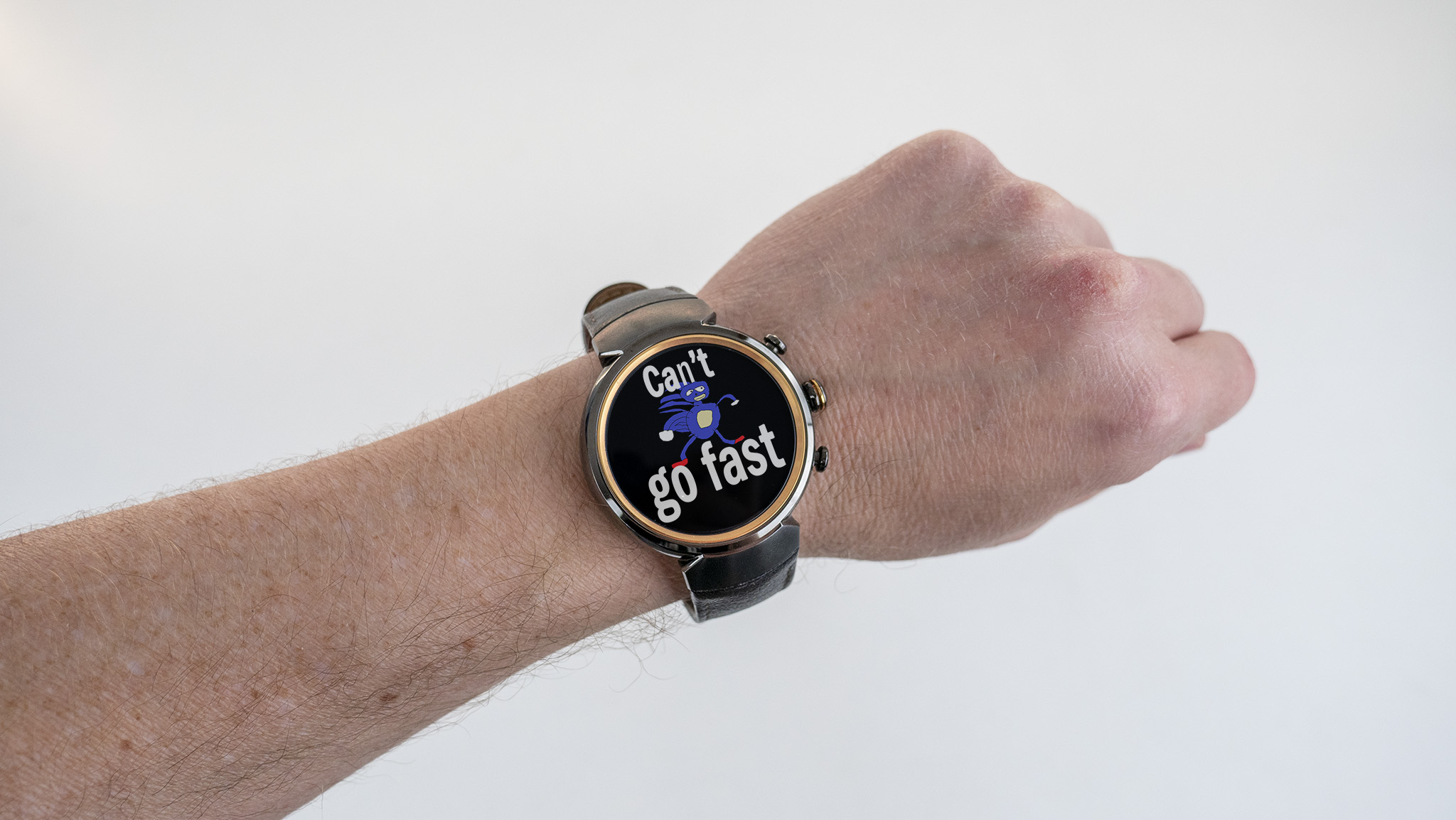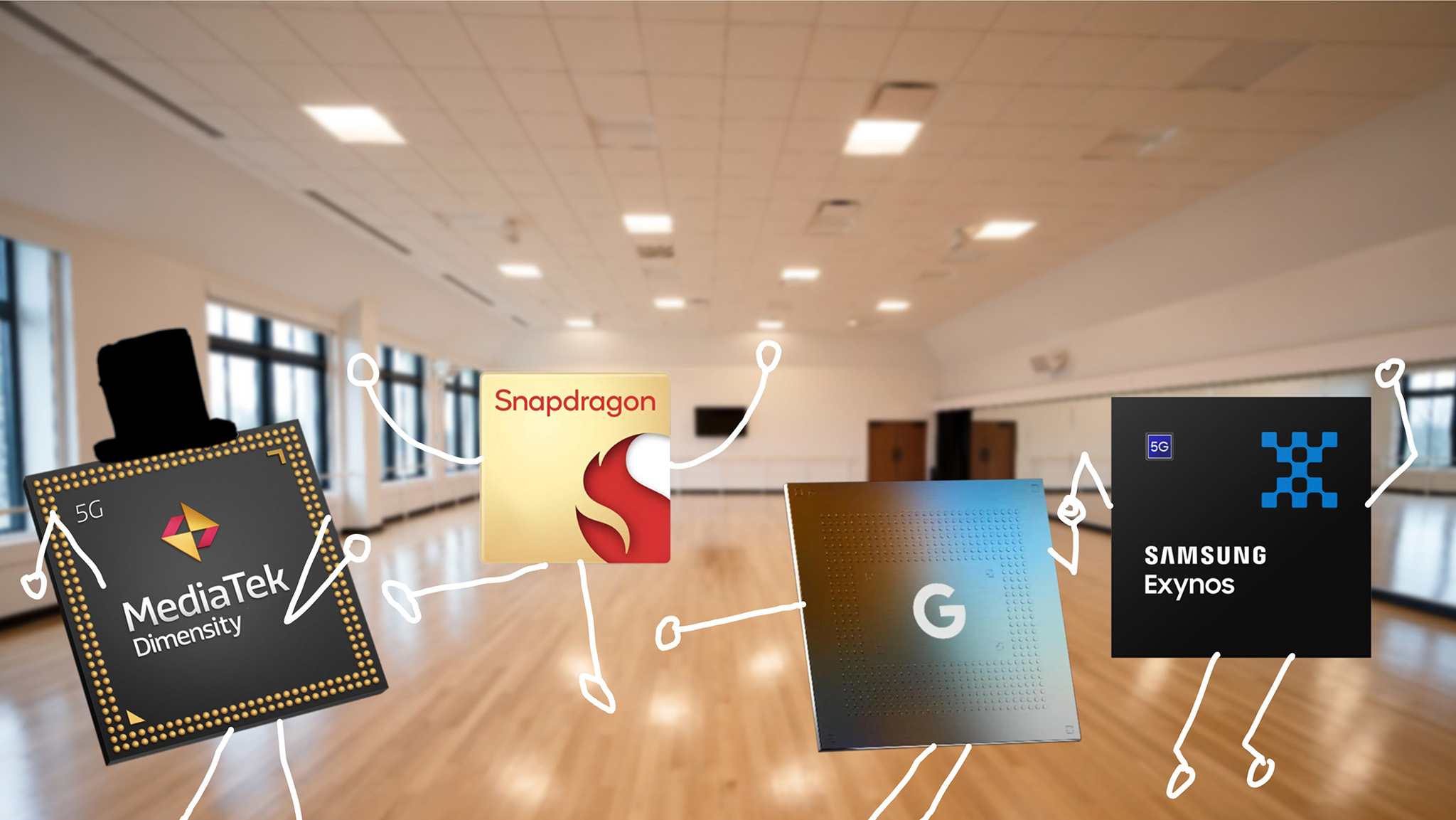Increased competition is finally making Qualcomm squirm a little
I've never been this excited about mobile processors in my life.

When I was growing up, the Intel Pentium was the chip you wanted in your PC. I can’t even remember what powered the DOS computers we had when I was even younger, but Intel was the first household name I can recall hearing. Just a few years later, the AMD Athlon was born, blowing away everyone and changing the landscape of the processor race for years to come.
On the mobile front, Qualcomm has ruled the roost for years, often creating the best high-end and mid-range chipsets in any given year — for non-Apple devices, of course. But, with the exception of the scant odd year where Qualcomm screwed up and companies like Samsung had to look elsewhere — case in point, the Samsung Galaxy S6 — the best choice is almost always from the shop in San Diego, California.
But that status quo seems to finally be under fire from a number of sides and, from a consumer standpoint, it’s a more exciting time in the processor space than ever.
In the world of smartphones, the Google Tensor is finally real and is going to power a ton of new Pixel devices from the company over the next year. Samsung just began a huge partnership with AMD that will, hopefully, result in amazing mobile SoCs — that’s System on a Chip, or the combination of a CPU, GPU, and other important processing components — over the next few years. And MediaTek has finally figured out how to make a good high-end processor that meets or beats Qualcomm’s current best in every situation.
My colleague Shruti Shekar and I had a chance to sit down with Qualcomm’s Chris Patrick, who is the SVP of engineering and general manager of handsets to discuss the company’s new products, and I came away with plenty of thoughts on the new direction of the mobile SoC industry.
Competition is good for everyone

Qualcomm has never truly been challenged to produce its absolute best for its users.
Before I go further, it’s important to note that Qualcomm really has done a good job with most of its products in the past. Barring one or two years where the annual refresh cycle produced disappointing or just flat-out bad results — I’m looking at you, Snapdragon 810 — no company has developed as many excellent mobile chipsets for more products than Qualcomm.
But, without proper competition — especially in the high-end space — Qualcomm won't truly be challenged enough to produce its absolute best for its users. Just as AMD has traditionally challenged Intel’s chips with a more affordable, less powerful line of processors for years, companies like MediaTek have really only traditionally challenged Qualcomm in the mid-range or entry-level space.
Be an expert in 5 minutes
Get the latest news from Android Central, your trusted companion in the world of Android
Not only that, but Qualcomm has been the only company that has really branched out to other areas of mobile computing beyond smartphones. Sure, Samsung makes its own smartwatch processors but, outside of the rumored Samsung chip in the Pixel Watch, these are typically only found in Samsung’s own watches. Qualcomm is winning because it's the only company that dared to make chips for so many different types of tech.
The result was years of lackluster chips that made most Wear OS watches feel sub-par in many ways. It wasn’t until last year’s Snapdragon 4100+ — which was a huge step in the right direction in terms of performance, battery life, and features — that made watches like the Skagen Falster Gen 6 feel actually worth owning.
Qualcomm didn't need to make a new XR chip. It already holds all the cards.
Similarly, Qualcomm is the only company making chipsets for the XR industry. The Quest 2 and its only real upcoming competition, the Pico Neo 3, are using the same chips from Qualcomm. Qualcomm announced a new XR headset reference design today and, guess what? That Snapdragon XR2 Gen 1 that powers it isn’t a new chipset. It’s just a rebranded version of what’s in the Quest 2 because Qualcomm doesn’t need to make a new chip. It already holds all the cards.
The dance has begun

Qualcomm is winning because it's the only company that dared to make chips for so many different types of smart tech.
With competition heating up, Qualcomm looks like it’s beginning to squirm just a little. Today’s announcement of the Snapdragon 8+ Gen 1 shows that Qualcomm is doing two big things we haven’t seen it do before. First off, they’re committing to making the 8+ a category unto itself. That means we can expect more powerful chips from Qualcomm roughly every six months instead of having to wait for a full annual product refresh cycle.
While Qualcomm has previously done this Spring/Fall refresh of processors, it’s never been an official stance to actually commit an entire premium tier product portfolio like that.
Second, Qualcomm’s choice of TSMC as the company to make the Snapdragon 8+ Gen 1, while Samsung Foundry continues to fab the Snapdragon 8 Gen 1 is truly fascinating. The company says it did this to hedge against supply chain issues so that it can continue to offer the Snapdragon 8 Gen 1 alongside the 8+ Gen 1.
By “simply” switching from Samsung to TSMC, Qualcomm is now able to clock the Snapdragon 8+ Gen 1 higher than the 8 Gen 1, achieving a 10% increase in performance. Furthermore, TSMC’s improved 4nm process — when compared to Samsung’s 4nm process — allows the Snapdragon 8+ Gen 1 to be 30% more energy efficient when compared to the 8 Gen 1.
By shopping around, Qualcomm has been able to significantly improve upon its design in an extraordinarily short amount of time.
The competition between semiconductor fabrication companies, alone, is proving why competition is so important in this multi-faceted industry. By shopping around, Qualcomm has been able to significantly improve upon its design in an extraordinarily short amount of time.
That same 4nm node from TSMC was also used in the MediaTek Dimensity 9000, and it proved that it was more efficient than Samsung’s equivalent process. MediaTek came out of the gate with fighting words late last year when it announced the Dimensity 9000 and, in many ways, it actually lived up to the hype. It’s been rare to see MediaTek challenge Qualcomm so loudly and publicly, and I have a feeling things have only just begun for the company.
Conversely, I had hoped the partnership between AMD and Samsung was going to create a superpowered Exynos chipset this year. Unfortunately, that turned out not to be the case, as the Exynos 2200 in the Galaxy S22 series was a bit disappointing. I’m willing to bet that next year’s Exynos might be very different, however, as the two companies will have had more time to design something more impactful and, maybe most importantly, Samsung’s new revolutionary 3nm process should be ready by then.
On the wearables front, I’d be willing to bet that Samsung and Google’s partnership on Wear OS 3 and the Galaxy Watch 4 last year had Qualcomm thinking twice about its assumed domination of the wearables market. This year’s Snapdragon Wear 5100 is a sign that the company has been scared into taking the space more seriously unless it wants to become a footnote in history.
I’m not saying all this to be down on Qualcomm, but it’s always important to challenge and criticize the big guys to ensure they’re not just resting on their laurels and coasting to the finish line. Competition is needed to bring out the best efforts of all those involved in a race, and the competition certainly is looking fierce these days.

